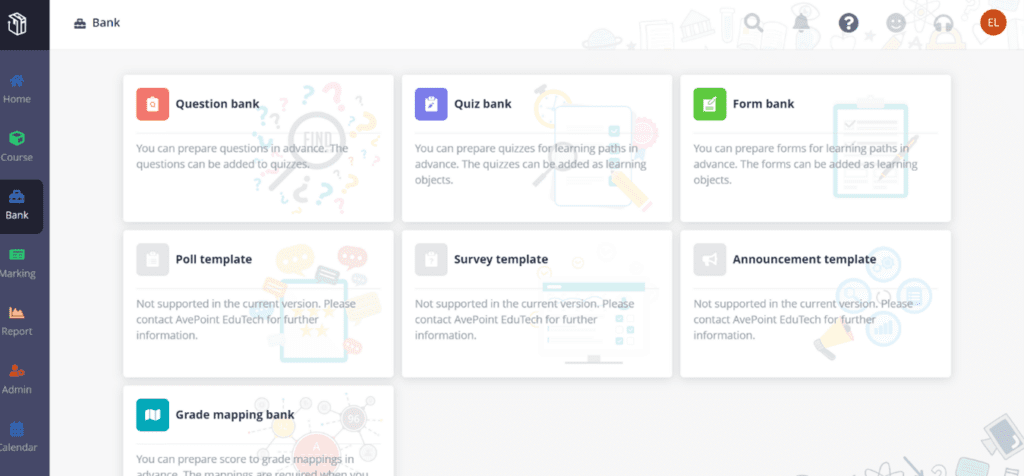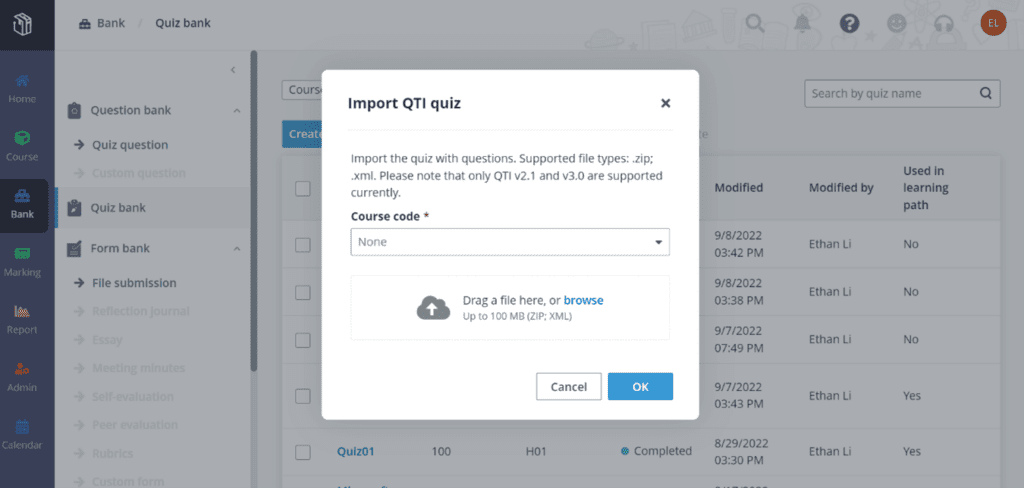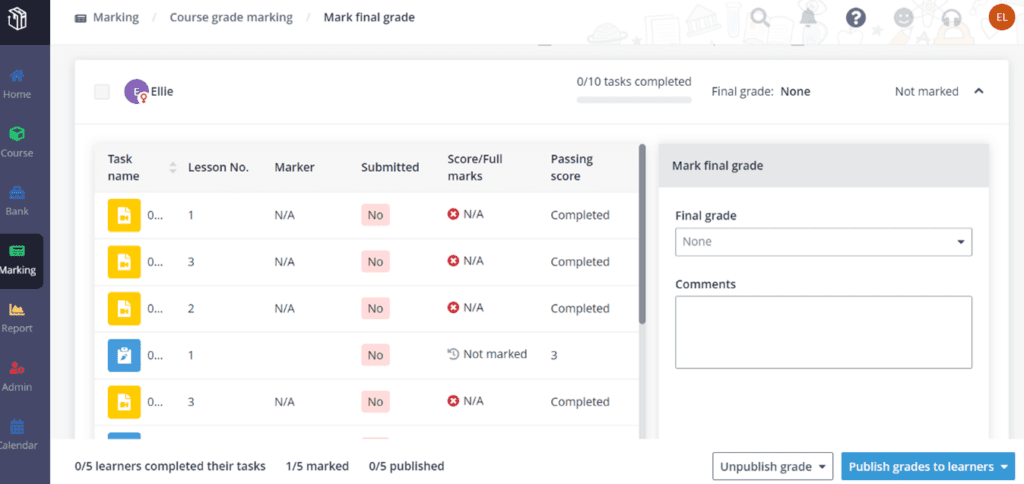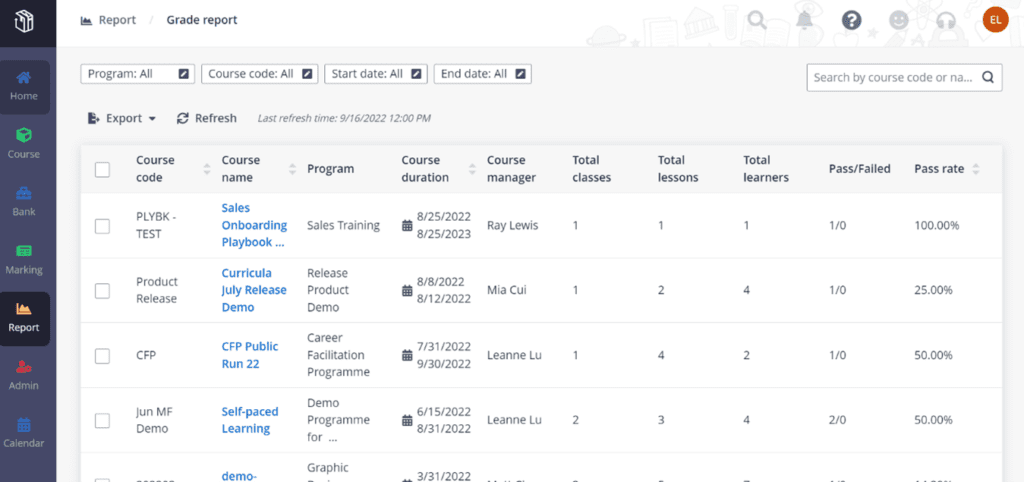Teaching online is the reality we all live in in 2022, and with that in mind, schools need to enable their teachers to teach as effectively as possible. Learning Management Systems are necessary, and even then it can be difficult to determine which system best suits your needs. When considering investing in an LMS for digital learning, here are the three core qualities school administrators should consider to create an intuitive, welcoming, and efficient student learning experience.
1. Engaging Learning Experience
In most online learning environments, students often learn individually and do not have much interaction with peers. Next-generation LMSs that support engagement are key to improving learning outcomes.
An engaging and collaboration-driven LMS is a must-have feature for students. MaivenPoint’s Curricula implements social and interactive features into students’ learning paths.[iO1] Through news feeds, chat rooms, and video conferences, administrators and educators can keep students engaged with course content and upcoming events—such as assignments, in-class activities, and trips—all from one central dashboard.
Another way of keeping students motivated to continue with their learning path is through timely feedback. Automated feedback and reports about a student’s performance and grades motivates them to improve and helps educators to cater courses to the individual student’s needs. For students who need extra incentives to complete courses, gamification could provide a solution to keeping them engaged while making learning fun and effortless. This can be done through badges, points, and leaderboards.

2. Centralized System with User-Friendly Interface
With the shift towards hybrid learning, administrators and educators can benefit from a modern LMS. Previously, administrators had to enroll students, schedule classes, create the coursework, and grade assessments themselves. With an LMS, these time-intensive tasks can be largely automated, and administrators can concentrate on more valuable activities such as lesson preparation or one-on-one student consultations.
As an educator, think about what digital natives are looking for in an LMS. They want an automated LMS with an easy to navigate user interface which makes learning simpler for all parties involved in the learning process – educators, students, and administrators. Everything should be stored in one place so students don’t have to remember several usernames and passwords and log into different platforms. The LMS should just have one centralized dashboard with the necessary features for students to easily find and switch between their classes, assignments, news, etc. When creating courses with the help of an LMS, educators don’t need any programming skills. They can easily drag, drop or upload courses and assignments. The LMS should be compatible with integrating different collaboration platforms like Microsoft Teams, Zoom, and most other tools that educators use for their classes. In this way, educators and students can continue using the tools they’re used to within the same environment without switching out to unfamiliar platforms. In the end, the purpose of an LMS is to facilitate a seamless learning experience rather than serving piecemeal functions in the learning process.


3. Learning Progress Tracking
One concern that may arise for educators teaching digitally is how to keep track of students who’re attending and following classes via an online learning platform. A holistic LMS with in-built tracking and analytic tools helps ease this challenge.
Data insights about students’ assessments or assignments should be included in every LMS as this gives educators the opportunity to understand if course content is either too difficult or too easy, and if students are falling behind or are bored and thus need more challenging tasks. In the case that students are falling behind, educators can pay particular attention to these and hand out supplementary resources for boosting learning success.
This way, educators can give constructive and tailored feedback and students stay committed and motivated to continue learning. Personalizing courses based on students’ needs and pace nurtures lifelong learning which equips students for a vibrant work environment. Analytic tools help to provide valuable insights into metrics like when students first opened, started, completed, and submitted assessments. Discussions and forum participants can also be tracked so educators can see which students are engaging actively in discussions and which students need encouragement.


Make the learning process easy and efficient!
Discover how MaivenPoint’s Curricula leverages and alleviates the learning process for everyone involved in it, be it administrators, educators, or students.



